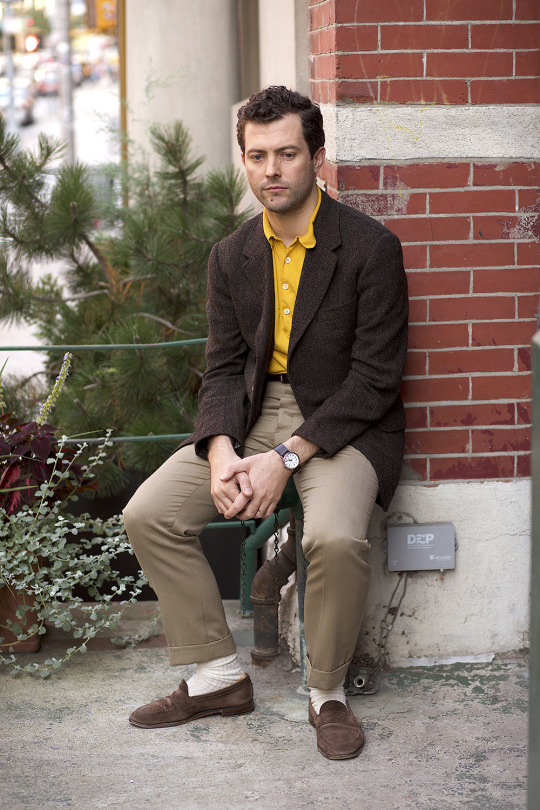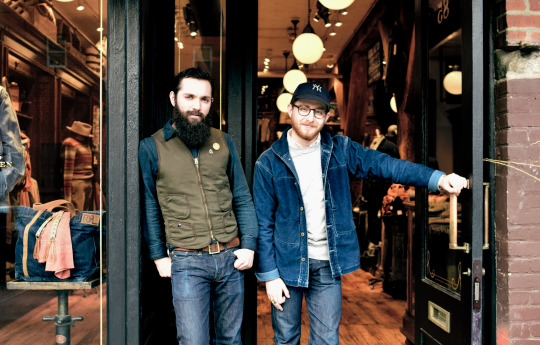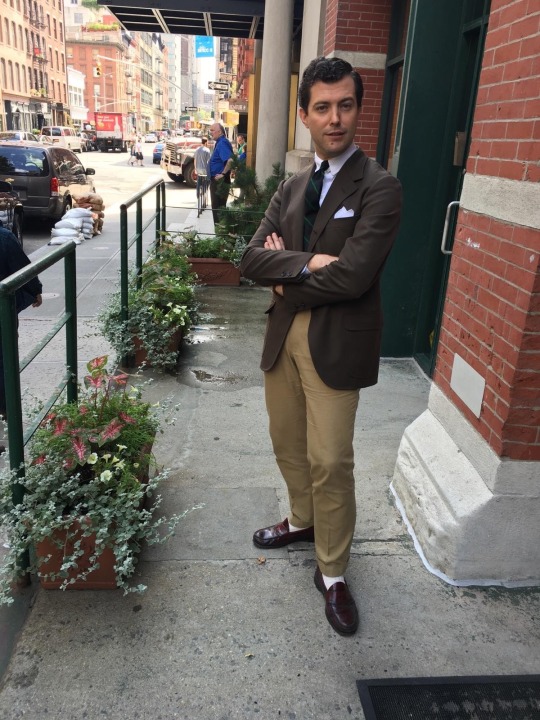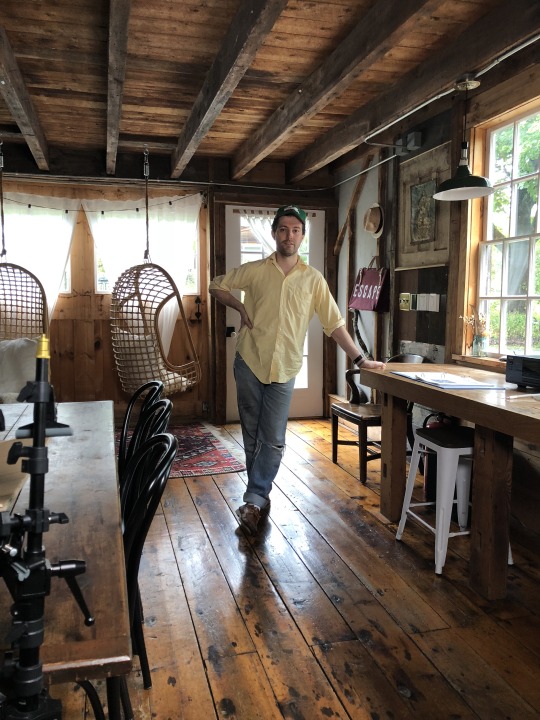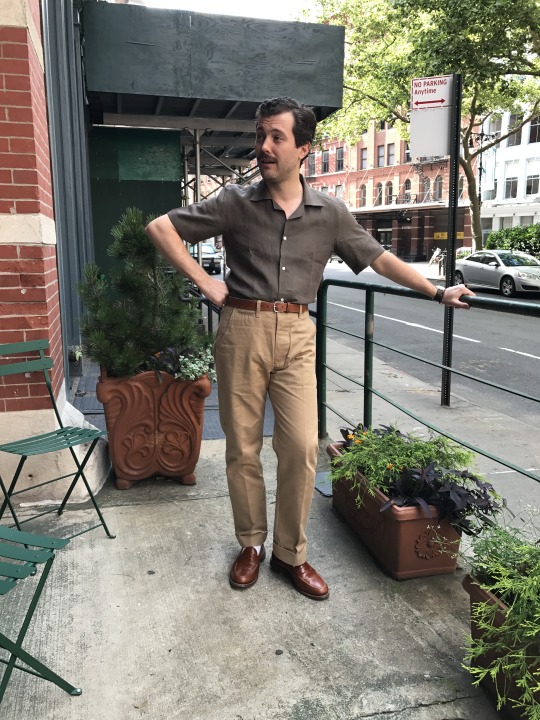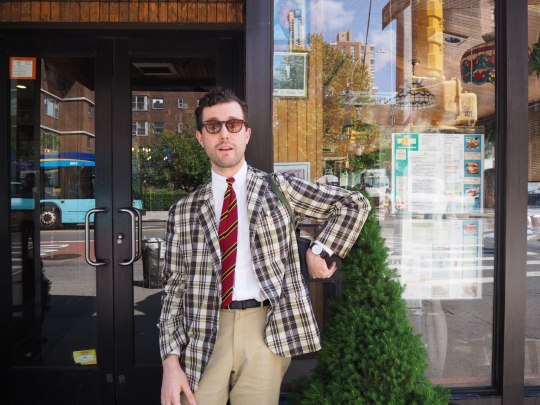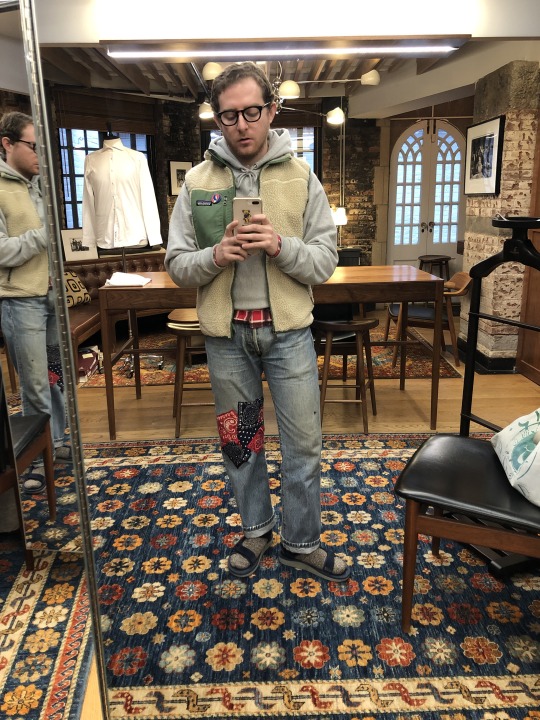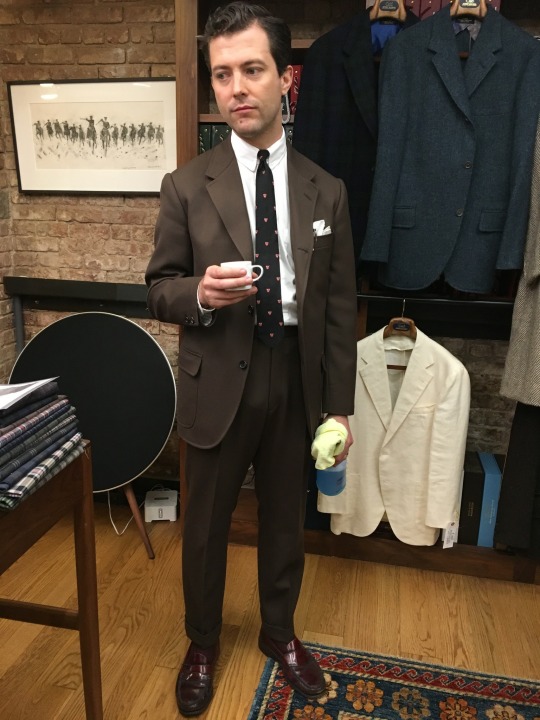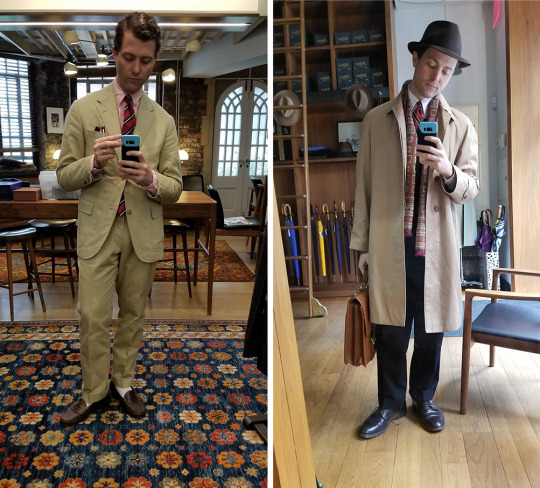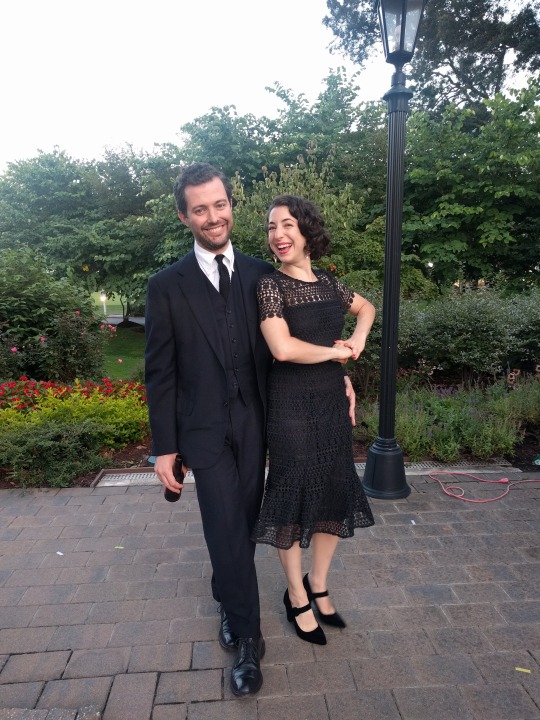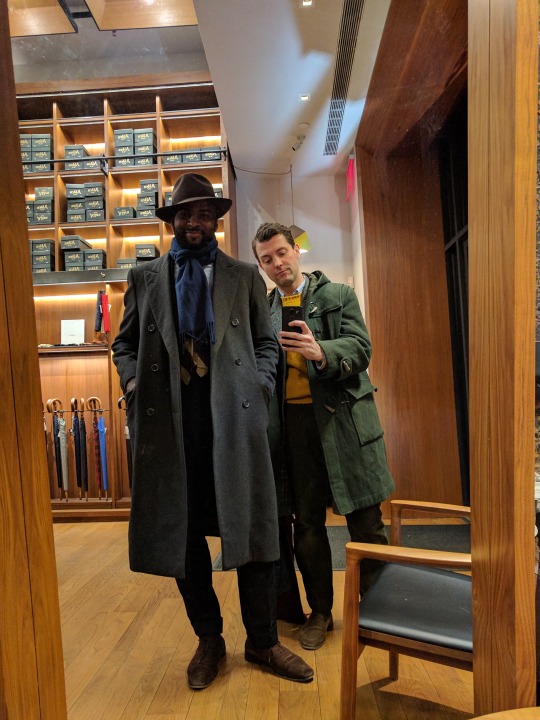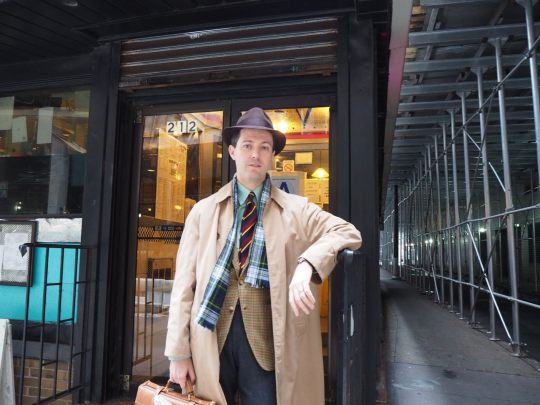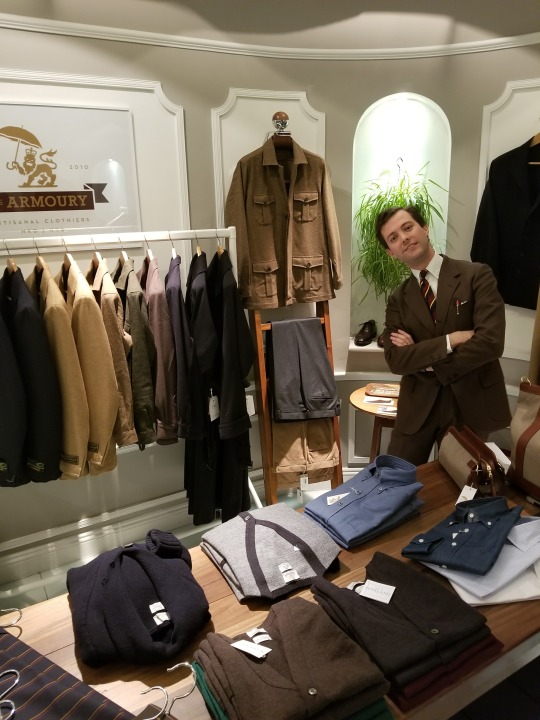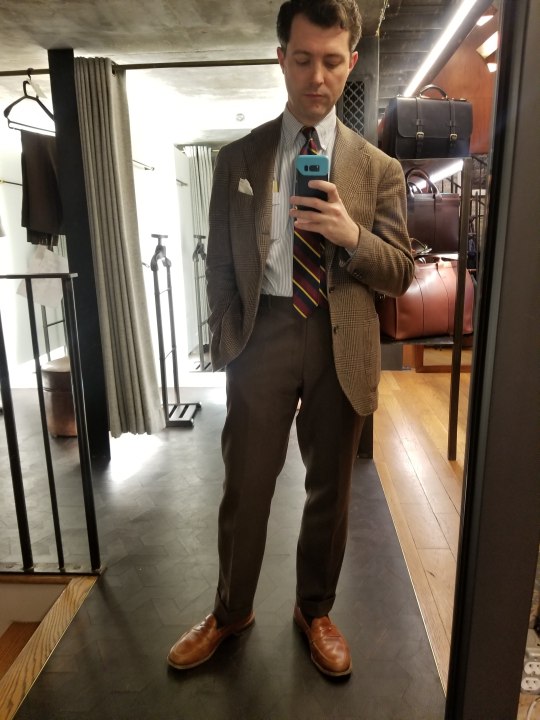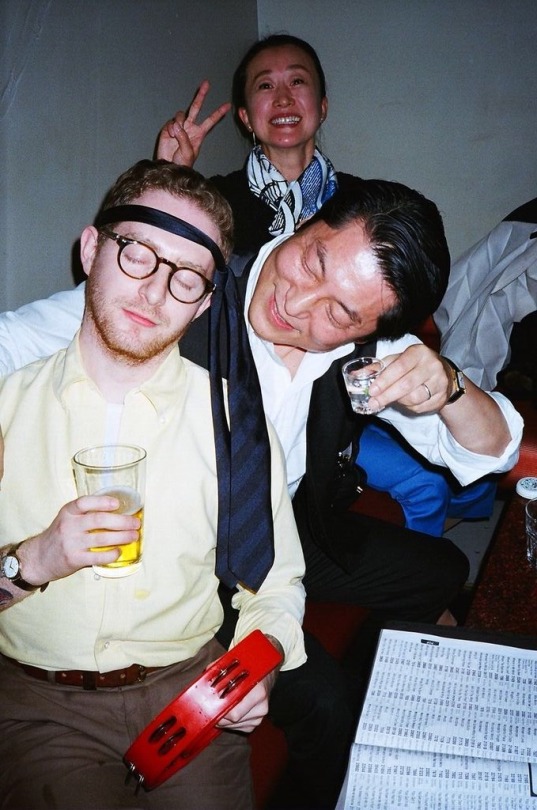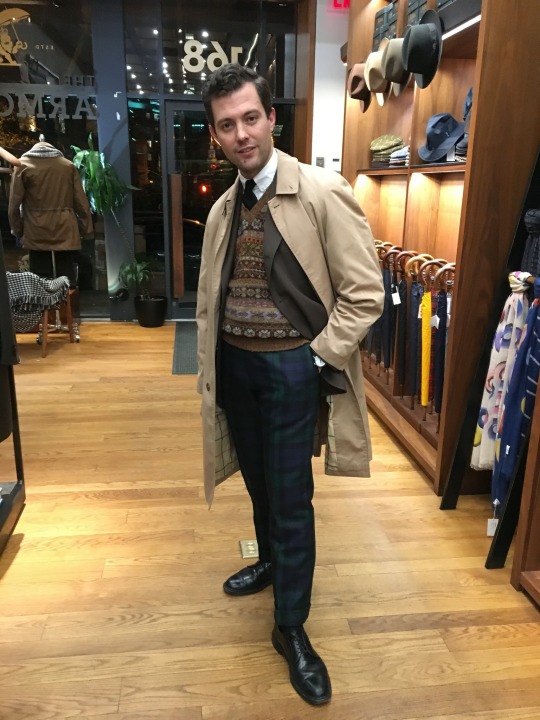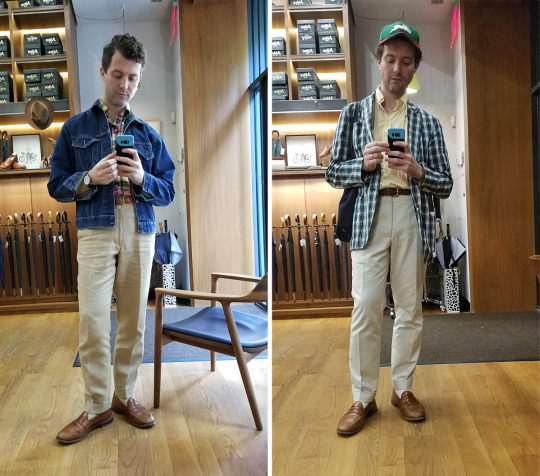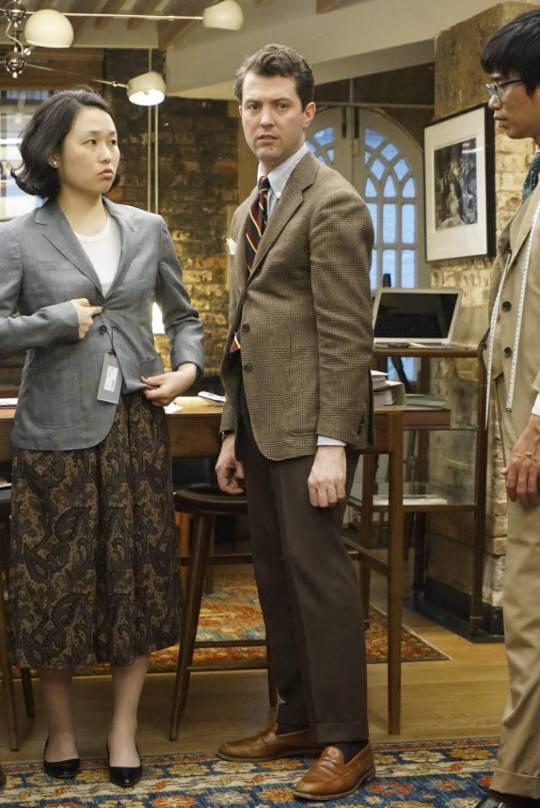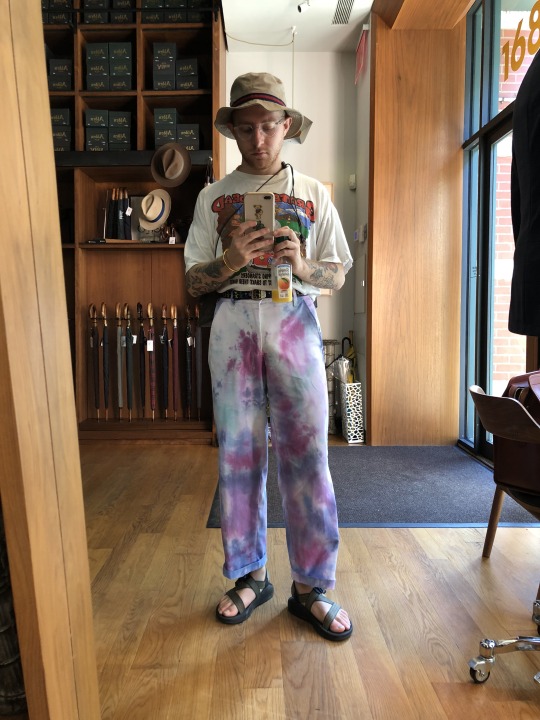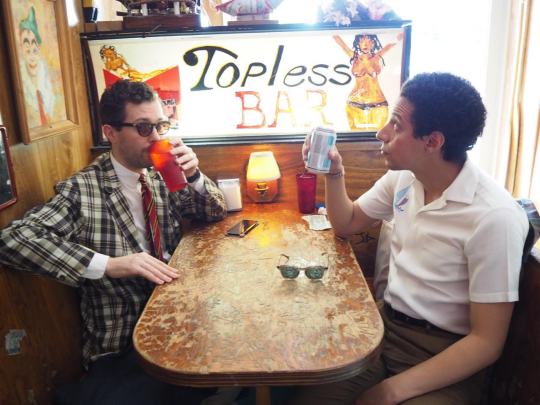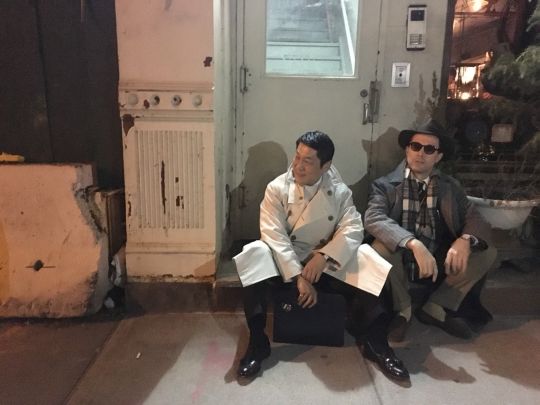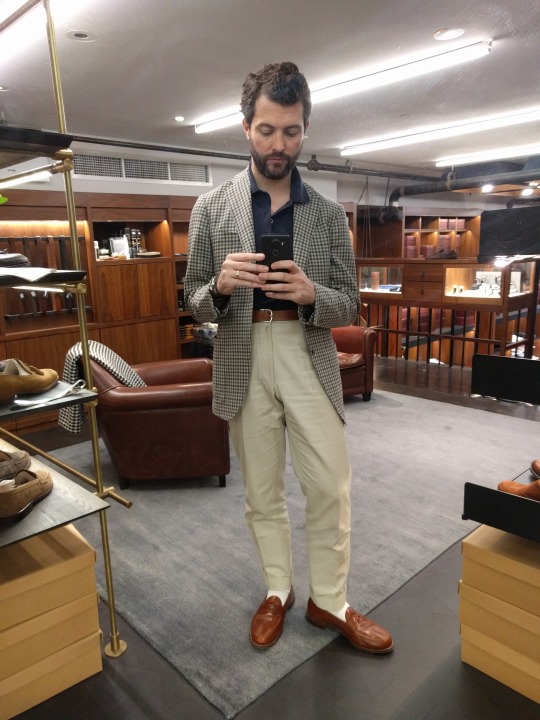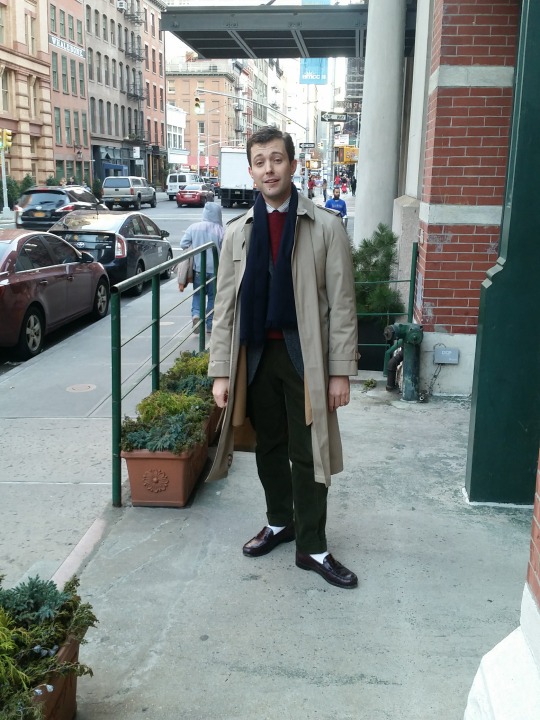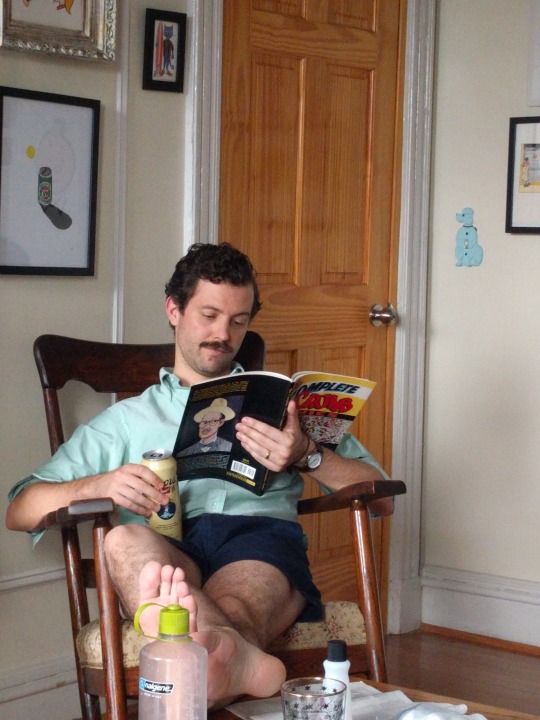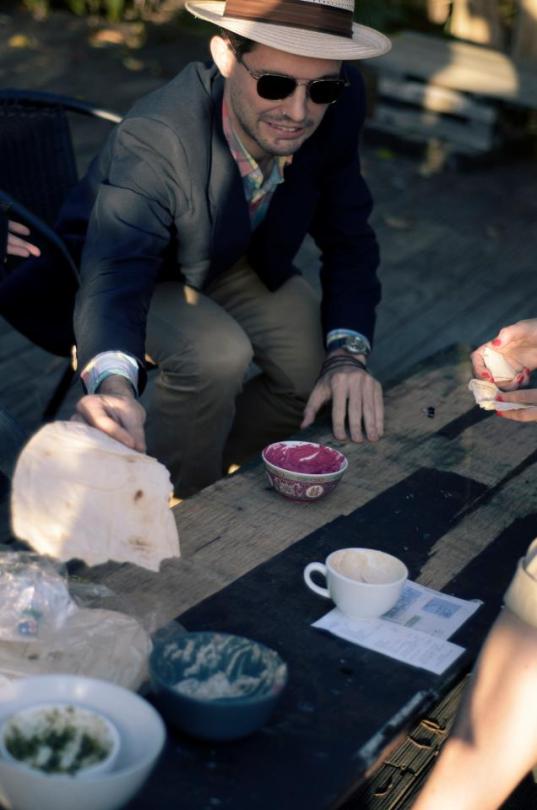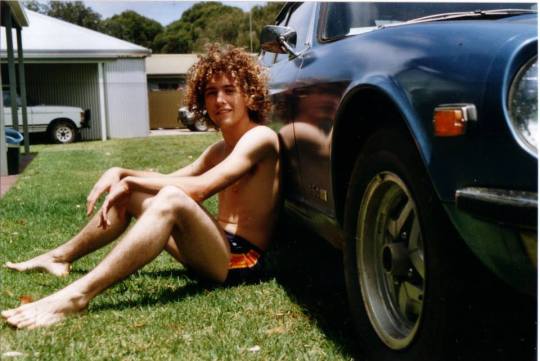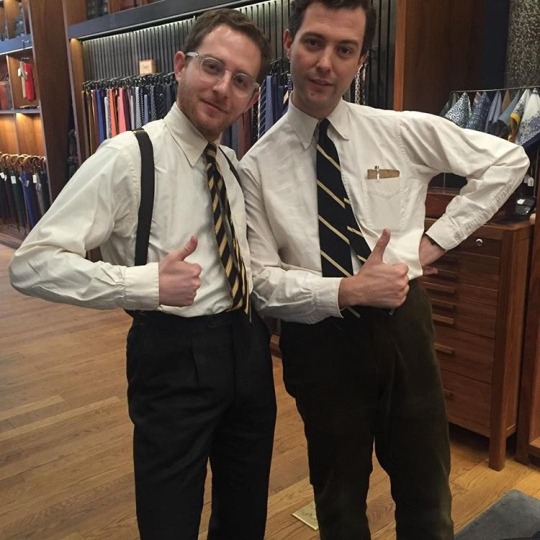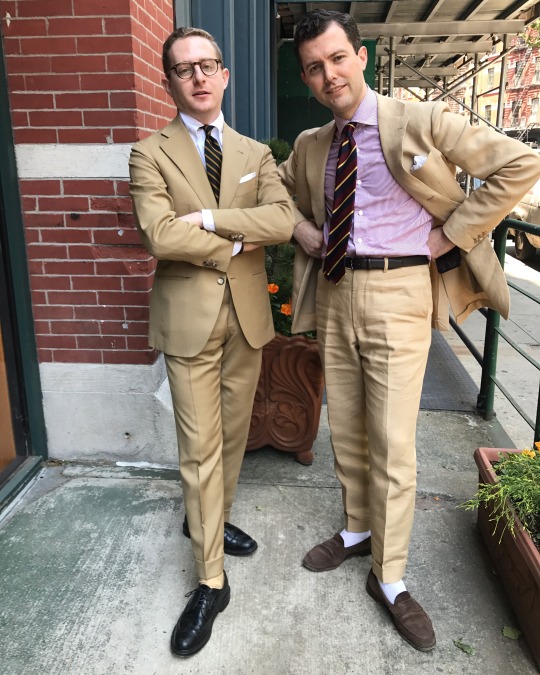
George Frazier, the famous jazz columnist and author of “The Art of Wearing Clothes,” had one of the most accurate and least helpful ways of describing style. He used the term duende, a Spanish word for a kind of mythological hobgoblin, but when used colloquially, at least by Frazier, it refers to a kind of irresistible magnetism. Some things have duende and some things, while they may still be good, simply do not.
“It’s the thing that Fred Astaire had, but Gene Kelly did not; what made a Ted Williams strikeout more exciting than a Stan Musial home run,” Alex Belth once explained in Esquire. “It was difficult to even describe – you just knew it when you saw it – but Frazier never tired of trying. For him, style was a matter of utmost importance, as he revealed in a 1969 column: ‘It is my own conviction that there can be no style without … an immense honesty, and inviolability in the matter of one’s craft, a relentless being-true-to-one’s-own image.’”
Duende goes by many other names – it’s similar to sprezzatura in Italian and sang-froid in French. In any language, it points to a kind of naturalness that can’t be imitated. And after chatting with Dick and Ben for a couple of hours last week, trying to get at some helpful tips on how others may want to dress, I left with little practical advice. Dick and Ben wear many of the same things others do, they just look cooler.
Dick and Ben are both sales associates at The Armoury (Ben is the bespectacled one), and they’re great examples of how younger guys can wear traditional American clothing in a way that looks natural and approachable. Today, prep can feel like a dirty four-letter word. People are more sensitive to the issues surrounding racial and class privilege. And even if trad used to the lingua franca of menswear, cutting across class lines, today it’s associated with the uglier aspects of the college-preparatory system. As Pete once wrote at Put This On: “Prep implies privilege and inherited money; some of prep’s charm comes from the unquestioning self confidence bestowed only by independent wealth. Americans have always had a weird relationship with being born to something vs. earning it. […] Today we still like our wealth obnoxious. But not smug or entitled.”

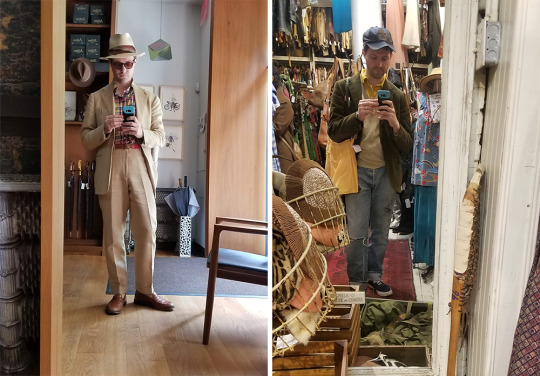
Many of the hallmarks of traditional American style are here. Both men favor Tailor CAID for their suits and sport coats. Tailor CAID, a Tokyo-based custom clothier, specializes in a very specific 1960s American look (think: Mad Men). Their jackets are softly tailored and natural shouldered, undarted and occasionally come with thinner, straight-edge lapels (although Dick and Ben favor a more classic width). Ben says he likes CAID because it’s more in keeping with his personality. “Their tailoring isn’t intimidating, it’s approachable. If I’m wearing a tailored jacket outside of work, it’s at a wedding or party, and often around people who may not be in tailored jackets. I don’t want to be the guy who looks overly dressed up."
Along with that mid-century style comes mid-century fabrics – heavier cottons and wools, often woven somewhere in the British Isles and sold by merchants such as Harrisons and Fox Brothers. Dick likes his trousers so heavy, he often chooses 18/ 19oz cloth, something few men do since the invention of indoor heating ("I like how the fabric hangs!,” he defends). Both men also swear by Alden, a company shunned by some for their chunky, orthopedic lasts, and beloved by others for the same reason. “I don’t like shoes that are too elegant,” explains Dick. “That means I buy American shoes. I used to buy Allen Edmonds’ penny loafers a lot – I had so many pairs when I was back in Australia – because you could find them really cheap on eBay. But now I mostly wear Alden leisure handsewns and tassel loafers, supplemented with Quoddys.”
For two men who work at one of the best tailoring boutiques in the world, I was surprised by how much of their wardrobes was thrifted. The larger, tailored pieces you see here are custom made (trousers by Pommella and jackets, as noted, are by Tailor CAID). But sometimes they’ll wear thrifted rep striped ties and oxford button-down shirts by American style champions Brooks Brothers and J. Press, typically ones made sometime during the 1960s and ‘70s. Dick says he loves the provenance; Ben says it’s about the cut and comfort. “Mostly I like how the shirts back then fit, they’re a bit baggier. I’m not trying to buy stuff that’s crisp and deadstock. If I can find an old ‘70s era oxford that’s beat-up and really soft, that’s what I’m going for.”
Similarly, both heavily rely on thrifted clothing for their casualwear. Dick wears what has been described as Rugged Ivy – a term that refers to the time when American college students repurposed outdoor gear into everyday attire, trading their brown tweeds for things such as Champion sweats, five-pocket cords, and Eddie Bauer parkas. Dick’s weekend gear includes a 60/ 40 mountain parka, Baracuta Harrington, and Levi’s jeans (all thrifted). Ben, on the other hand, wears what Dick has charmingly described as Jam Band Scum Prep. “If I’m not at work, I try not to wear closed toe shoes,” he says. “So I’m often in Birkenstocks, then some combination of a flannel shirt, old military fatigues or Levis 501s, and some Patagonia fleece. Since I’m short, I like ’60s era flannels because they were cut short and with a square hem. I also like RRL tees, vintage (Grateful) Dead tees, and Blundstone Chelseas. I’ve also been really into outdoor-style sneakers lately, such as La Sportiva trail runners and New Balance 801s.”
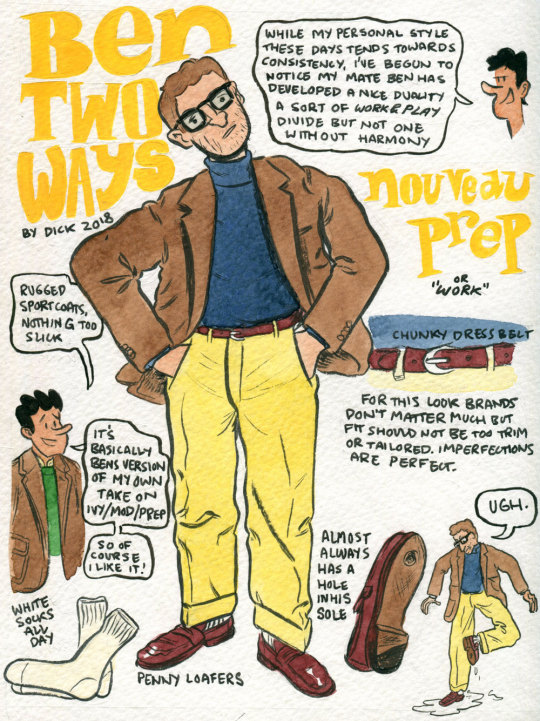
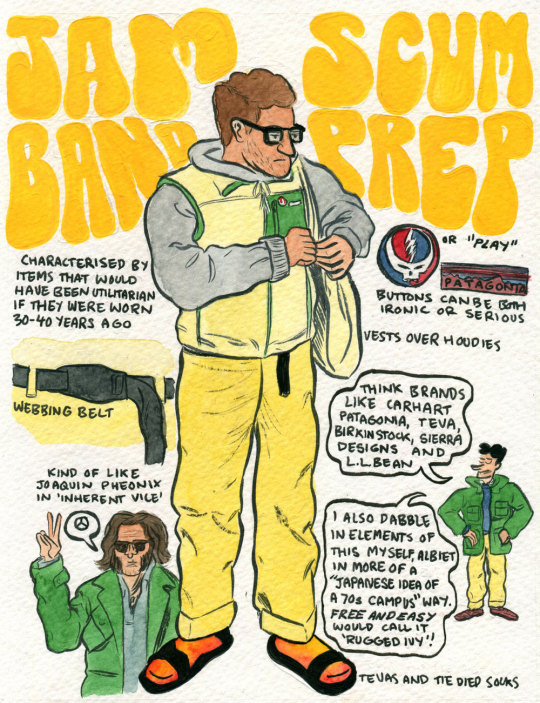
On paper, so much of their wardrobe sounds like the kinds of things you’d read about at Ask Andy and Ivy Style. Like those traditionalists, Dick and Ben favor natural shouldered jackets, flat front trousers, Alden loafers, thrifted button-downs, and even a bit of classic headwear (before The Armoury, Dick worked at his uncle’s hat shop). But the outfits are pulled together in a way that feels more convincing, natural, and approachable for men of a younger generation. They look hip, to be sure, but not in an annoying way, and their style has a streak of classic sensibility without being fusty.
During my conversation with them, I tried to get at how younger guys can wear tailored clothing without feeling like they’re in costume. But the more we spoke, the more I felt like the more meaningful factors were things the two couldn’t say. So much of the fashion industry runs on the idea that you can transform yourself with just one purchase, but style in the end is often about coming to terms with who you are. As Bruce Boyer once put it: “Real style is never right or wrong. It’s a matter of being yourself on purpose.”
Dick and Ben, for example, grew up listening to 1970s and ‘80s rock-and-roll. They skateboarded and played in bands. They look cool in their clothes simply because they’re cool people who are culturally engaged. Dick, who came to NYC by way of Australia, says he grew up watching old movies, listening to The Kinks, and admiring the Mods (he originally started wearing white sport socks with loafers because it was something Mods once did). “I was never interested in the ‘correct’ way to dress. I came into this by copying UK guys, who in turn were copying the Americans,” he says. Even if the two are more buttoned-down today, there’s an anti-conformity streak to how they wear their clothes.
Dick also alluded to attitude, that nebulous thing that comes up in every conversation about style. “I obviously care about how I dress, but I’m pretty easygoing. I don’t worry about failing. I feel like some guys who are into this are really obsessed with certain details, where I’m OK if something looks off. I also think costume has a bad connotation in men’s style, but honestly I like that stuff too. I have friends who love that classic 1930s through ‘60s style, but they’re the kind of people who love the look, not necessarily the attitude that sometimes comes with it. I think that shows through.”

SUGGESTIONS FOR DEVELOPING STYLE
Being sales associates at The Armoury, Dick and Ben are constantly helping men build better wardrobes. I wasn’t able to get much practical advice (the phrase “it depends” came up a lot), but below are some good, reasonably universal tidbits. In the end, for younger guys who love traditional style, the best advice is probably to not get too hung up about the rules, be a good person, and have some cool interests (at the end of this post, I included some YouTube videos to music Dick and Ben are listening to nowadays).
On Simplicity: “If you’re building a tailored wardrobe, start basic and stay basic for a lot longer than you might necessarily want to. I’ve fallen into this pitfall where I get a couple of good things and try to branch out really quickly. That’s when I realize that I’ve got a lot of individual garments that I can’t do much with, or they don’t really fit in with the rest of my closet. Instead, buy as many basics as possible and try to keep a closet full of stuff that you can wear everyday.” -Ben
On Versatility: “Get things that can serve multiple purposes, that way you don’t have to think too hard about your wardrobe. That means shoes you can wear to work and for weekends. Shirts that can be dressed up or down. It’s hard to be prescriptive about this stuff because everyone lives a different lifestyle, but most people could use a good pair of jeans, some oxford cloth shirts, and some nice, plain wool sweaters.” -Ben
On Essentials: “Few things work across the board for everyone, but gray wool trousers are very useful. They’re expensive, but so good when they’re tailored well. Light to mid-gray work best. Navy and dark brown are also useful colors for sport coats. Gray is a little less useful for jackets since so much of a tailored wardrobe revolve around gray wool trousers, and you want some contrast between your pieces.” -Dick
On Hats: “Hats can be harder to pull off nowadays because they’re considered unusual, but it’s easier when there’s an obvious reason for why you’re wearing one. Say, a straw hat in the summer when it’s really hot, or a felted hat in the winter when it’s snowing or raining. Then there’s a practical reason for your accessory.” -Dick
On the Internet: “A lot of this is about wearing things that make you feel good and self-confident. It’s hard online because a lot of the guys that are shown as being archetypically stylish have a very ‘normal’ body type, which isn’t going to be true for everyone. Find stuff that works for your body type and personality. Don’t warp yourself to fit into the silhouette or style that people say you should be wearing.” -Ben
On Making Mistakes: “In the end, everyone is going to make mistakes. You just have to pay attention to what works for you and not get too mentally exhausted over it. You’ll wear stuff that ends up being too tight, too short, or too long. But then you can make a mental note and know that how you dress today doesn’t dictate how you can dress tomorrow. Everyone has that one pair of jeans or one sweater they love. Just pay attention to what you like about those things and try to find those qualities in your next purchase. Over time, you’ll find the style and silhouette that works for you.” -Ben
* Disclaimer: While Dick and Ben work at The Armoury, this post obviously only reflects their view and not The Armoury’s. Dick also works as an illustrator at Put This On, a site I help manage. You can follow his work at our Style & Fashion series, where he submits comics twice a month.
